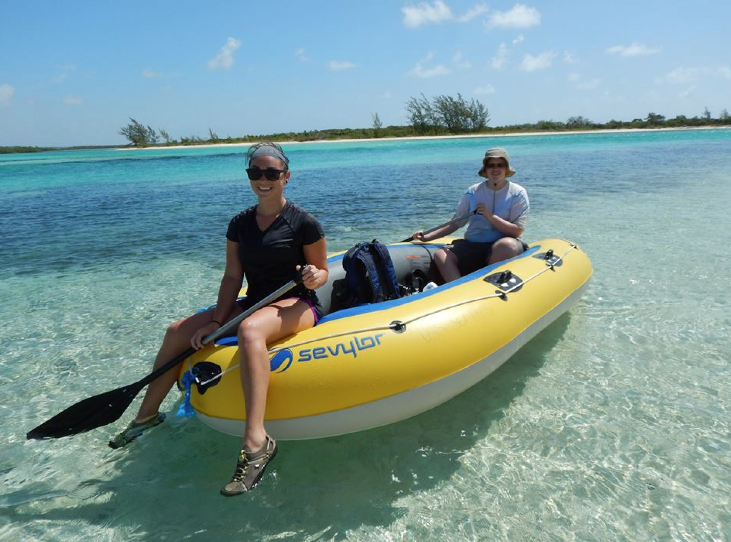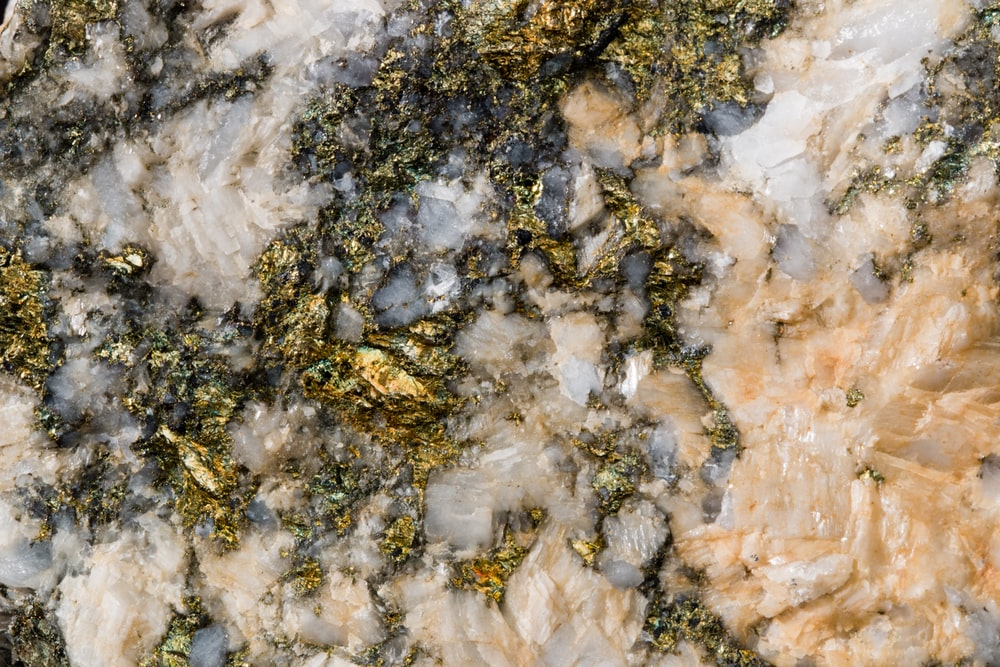Biogeochemistry and Paleontology
The Paleobiology Group seeks to unravel the record of life and environments throughout Earth's rich history, focusing on research in paleoclimatology and paleoceanography, stratigraphic paleoecology and biotic interactions, conservation paleobiology, the ecological revolution during the Ediacaran–Cambrian transition through to the Cambrian Explosion, taphonomy and biogeochemistry of exceptional fossil deposits, systematic paleontology, and applications of virtual paleontology across a range of topics. This research combines field-based approaches, museum collections, laboratory preparation, and advanced analytical tools including isotopic analyses and x-ray microbeam imaging techniques to purse these research avenues.


